The Blue Mountains conservation grapevine has alerted Leura locals to a new development threat atop the Jamison Escarpment. It’s seems to be all about facilitating mass tourism and its coming from the custodial land holder itself, the so-called National Parks and Wildlife Service (NPWS).
Trust NPWS?
Apparently, local residents were letterbox dropped on 22nd April 2020 by NPWS. Its Community Information Letter on official NPWS letterhead outlined a project proposal described as the “Gordon Falls Lookout accessibility upgrade“. Accessibility upgrade for whom? Busloads overflowing from nearby congested Echo Point?
It is flagged to be part of some grander “Grand Cliff Top Walk“, and it seems NPWS has already selected a construction contractor, NewScape Designs from inner Sydney.

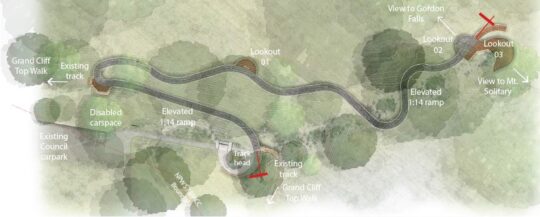 The colourful ‘artist’s impression’ of this proposal: it’s not what you know, but who you know in the NSW Government.
The colourful ‘artist’s impression’ of this proposal: it’s not what you know, but who you know in the NSW Government.
So why is Gordon Falls Lookout targeted for tourism development?
Well, NPWS’s distributed Community Information Letter to nearby Leura residents reads as follows:
 Loading...
Loading...
So NPWS is calling this tourism development its ‘Gordon Falls Lookout Accessibility Upgrade‘. So it is all about providing disabled access is it?
According to the 2020 sales pitch of NPWS for this tourism infrastructure proposal, it’s apparently just an “upgrade” for Gordon Falls Lookout, not a new development, but this smells of legislative avoidance speak. The entire project is wholly within the Greater Blue Mountains Area, and Sydney Water Catchment, so with such a proposal clearly NPWS are keen to not trigger any sense of ‘development’ (which it obviously is).
The authority behind this Community Information Letter is…
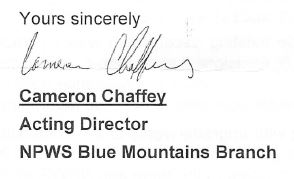 These public servants are invariable in ‘Acting’ responsibilities akin to casuals. Should they stuff up, then their acting days are immediately over.
These public servants are invariable in ‘Acting’ responsibilities akin to casuals. Should they stuff up, then their acting days are immediately over.
The overarching policy and funding is coming out of NSW Premier Gladys Berijiklian‘s tourism infrastructure programme dubbed ‘The Improving Access to National Parks Programme‘. Publicly announced on 9th February 2019, the programme funding is almost $150 million in capital expenditure budgeted to span four years (2019-2023).
“This includes major upgrade works in places like Sydney’s Royal National Park and in the Blue Mountains World Heritage Area, making it easier for people to enjoy our wonderful natural beauty,” Ms Berejiklian said. The funding is to “upgrade” walking tracks, better visitor infrastructure and facilities, etc. Specifically the Gordon Falls Lookout Accessibility Upgrade is part of a masterplan to “upgrade” a 13.6 kilometre Grand Cliff Top Walk from Wentworth Falls to Katoomba in the Blue Mountains World Heritage Area costing $10 million, and “upgrading” access to iconic lookout points to a mobility impaired access standard (another $10 million).
The problem is that the 13.6 kilometre Grand Cliff Top Walk from Wentworth Falls to Katoomba does not exist. Prince Henry Cliff Walk extends from Scenic World to Gordon Falls. But there is no track east of Gordon Falls, not yet anyway, just untouched bushland to Sublime Point to the back of the Fairmont Resort in Leura. So this masterplan is not an upgrade but a new tourism infrastructure development.
Is NPWS Cameron Chaffey tasked with finding a lookout overflow for mass tourism saturated Echo Point? Isn’t Echo Point on local council land? Isn’t the access to Gordon Falls Lookout on local council land as well?
 Three Sisters lookout on a quiet day
Three Sisters lookout on a quiet day
So this is the National Parks and Wildlife Service, the delegated official governmental custodians of the Greater Blue Mountains Area?
Has NPWS turned corporate exploitative for the mass tourism visitation buck?
This is test wedge tourism development to broaden the overburdened mass tourism of over-crowded iconic Echo Point to spread the day tripper visitation to multiple eye candy lookouts to suit bus loads of international tourists.
Whose Grandiose Idea is it to rename Prince Henry Cliff Walk?
And why delete the heritage named track Prince Henry Cliff Walk constructed by hand by unemployed men during The Great Depression in 1934? The famous hiking track is seven kilometers long and skirts the northern Jamison Escarpment clifftop track extending from what is now Scenic World on the southern edge of Katoomba to Gordon Falls Reserve on the southern edge of Leura.
The track is undulating and in many sections quite poor, eroded and neglected by the custodial land manager, Blue Mountains Council, to the point of being quite dangerous.
Since the deluge from an East Coasts Low weather event in mid February 2020, the track has been closed due to a number of unrepaired landslips. The entire Leura Cascades area, popular for picnickers and families has been completely off limits to the public for the past four months.
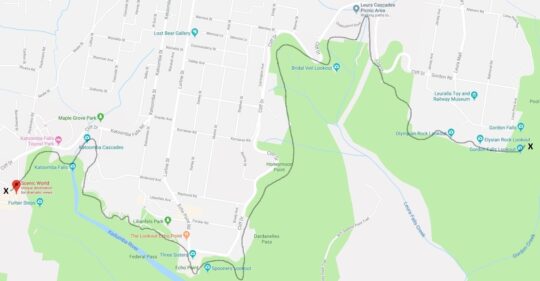 Prince Henry Cliff Walk heritage walk since 1934
Prince Henry Cliff Walk heritage walk since 1934
Prince Henry Cliff Walk is named in honour of Prince Henry William Frederick Albert, Duke of Gloucester, a son of King George V and Queen Mary. Prince Henry visited Australia and Katoomba by train in 1934. The New South Wales government of the day engaged hundreds of unemployed young men between 1934 and 1936 to construct the track by hand as a means of keeping them gainfully employed and to create a healthy tourist visitation experience for the Blue Mountains. [Source: ^https://sydneyuncovered.com/prince-henry-cliff-walk/]
Prince Henry Cliff Walks is listed on the State Heritage Register as a walking track of historical and aesthetic significance (Item K014).
Then Katoomba local council funded the track, suitable for “comfortable walking for pedestrians of all ages and conditions, linking many of the cardinal attractions of the Jamison Valley escarpment at Leura and Katoomba, is a significant historic token of the efforts to repair the Mountains economy and to serve a public need after the worst of the Depression of the early 1930s. The long track has considerable historic significance at the local level”..and has aesthetic significance at the local level.” [Source: ^https://www.environment.nsw.gov.au/heritageapp/ViewHeritageItemDetails.aspx?ID=1170735].
Realise the Political Background…
Feb 2019: ‘Wentworth Falls to Katoomba – all along the cliff tops’
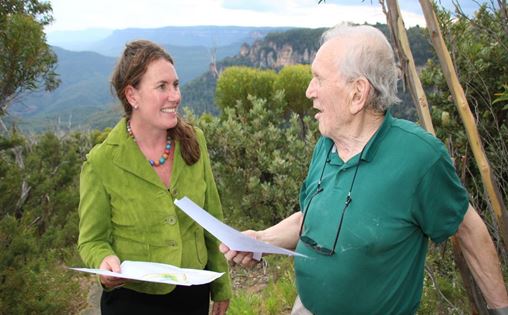 Blue Mountains (Labor) MP Trish Doyle, with Leura Bushcare worker and cliff top walk advocate, Norm Harris, near Olympian Rock at Leura.
Blue Mountains (Labor) MP Trish Doyle, with Leura Bushcare worker and cliff top walk advocate, Norm Harris, near Olympian Rock at Leura.
In 1982, then chief engineer at Blue Mountains Council, John Metcalfe, had a vision of a walk from Wentworth Falls to the marked tree at Katoomba – all along the cliff tops.
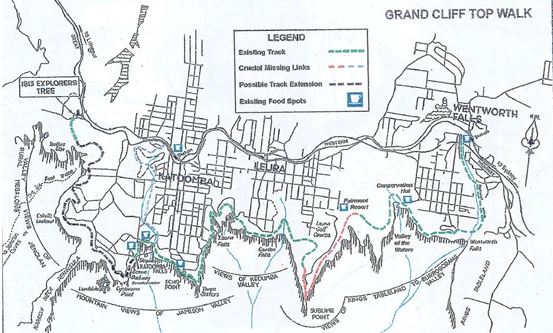 Map of existing tracks and the missing links for a Wentworth Falls-Katoomba cliff top walk.
Map of existing tracks and the missing links for a Wentworth Falls-Katoomba cliff top walk.
Some 20-odd years later, Leura Bushcare worker Norm Harris and his wife, Laurel, took up the cause, convincing the Conservation Society that it would be a “great tourist attraction”. And last week, the NSW Government announced a $10 million grant for an “significant upgrade to the 13.6 kilometre grand cliff top walk”.
Mr Harris was “ecstatic” at the news. “I’m so delighted. I just want them to do it,” he said. The crucial missing links are from the Fairmont Resort around to Sublime Point. But Mr Harris believes a path could be built 60 metres from the rear of properties on Sublime Point Road, which would be invisible to, and not interfere with, the private land owners who live there.
Some years ago he wrote to Waverley Council, asking how it had managed to secure land to complete the Federation Cliff Walk from Watsons Bay to Bondi.
Council replied it had unsuccessfully negotiated with a private land owner but later was able to compulsorily acquire an easement because the land was zoned “regional open space”.
Mr Harris is hoping such an approach may work around Sublime Point Road. He praised the efforts of Blue Mountains MP, Trish Doyle, for raising the issue with then premier, Mike Baird, in 2015, which included sending him detailed maps and concept plans.
“I’ve contacted all the state MPs – Bob Debus, Phil Koperberg, Roza Sage and Trish and Trish is the only one that’s done anything,” Mr Harris said.
Ms Doyle said: “Mr Harris has been plugging away quietly at this proposal for many years, and the announcement of $10 million for stage one of the grand cliff top walk is a testament to his methodical, thorough and expert analysis of the project.
“I am thrilled to have been able to help Mr Harris put forward this proposal and see it come to fruition after four years of making representations to the government on his behalf,” she said.
The premier, Gladys Berejiklian, also announced funding of $9.9 million to upgrade access to iconic lookout points in the Mountains so they comply with mobility impaired access standards.’

[Source: ‘Wentworth Falls to Katoomba – all along the cliff tops ‘, 20190207, by Jennie Curtin, Blue Mountains Gazette newspaper, ^https://www.bluemountainsgazette.com.au/story/5892855/10m-funding-for-cliff-top-walk/]
July 2019: ‘Work begins on $10M grand cliff top walk upgrade’
Work is underway on a major upgrade of national park walking tracks along the cliff tops between Wentworth Falls and Katoomba.
NSW Environment Minister Matt Kean was in the Blue Mountains on Friday to talk with National Parks and Wildlife Service walking track teams carrying out the work, and to visit some of the areas to be upgraded.
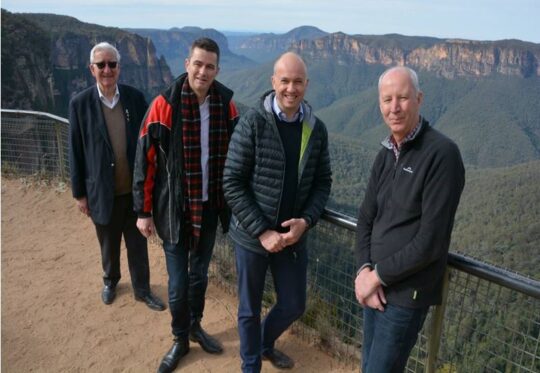 Blue Mountains Councillor Kevin Schreiber (disguised in sunglasses), MLC Shayne Mallard, Environment Minister Matt Kean and the Blue Mountains director of NPWS David Crust, at Govetts Leap Lookout at Blackheath. The carpark at the iconic lookout will be improved, accessible paths added, and the toilets will include disabled access.
Blue Mountains Councillor Kevin Schreiber (disguised in sunglasses), MLC Shayne Mallard, Environment Minister Matt Kean and the Blue Mountains director of NPWS David Crust, at Govetts Leap Lookout at Blackheath. The carpark at the iconic lookout will be improved, accessible paths added, and the toilets will include disabled access.
Work has begun in the national park at Wentworth Falls, with the full upgrade expected to take four years to complete.
David Crust, the Blue Mountains director of the NPWS, said they would be adding in a few missing links to walking paths between Wentworth Falls and Katoomba, but mostly they would be improving the quality of existing tracks.
In February the state government announced it would spend $10 million on a “significant upgrade to the 13.6 kilometre grand cliff top walk”. “The changes will include improved walking tracks, better visitor infrastructure and facilities, and upgrading of access to iconic lookout points including mobility impaired access standards,” Mr Kean said.
The grand cliff top walk links a series of existing tracks and is accessible from multiple locations, providing the opportunity for visitors to tailor the length of walk and to create a multi-day itinerary. The walk also provides access to many sidetracks, which offer a variety of experiences and opportunities for all park visitors. Govetts Leap at Blackheath is one of the iconic lookouts in the Mountains set to be upgraded with accessible paths, toilets with disabled access, and improvements to the carpark.
“The investment recognises the importance of the tourism economy in the Blue Mountains and will provide for better and safer visitor experiences across the Blue Mountains National Park,” Mr Kean said.
Work is underway on a major upgrade of national park walking tracks along the cliff tops between Wentworth Falls and Katoomba. NSW Environment Minister Matt Kean was in the Blue Mountains on Friday to talk with National Parks and Wildlife Service walking track teams carrying out the work, and to visit some of the areas to be upgraded.
Councillor Kevin Schreiber, MLC Shayne Mallard, Environment Minister Matt Kean and the Blue Mountains director of NPWS David Crust, at Govetts Leap Lookout at Blackheath. The carpark at the iconic lookout will be improved, accessible paths added, and the toilets will include disabled access.
Work has begun in the national park at Wentworth Falls, with the full upgrade expected to take four years to complete.
David Crust, the Blue Mountains director of the NPWS, said they would be adding in a few missing links to walking paths between Wentworth Falls and Katoomba, but mostly they would be improving the quality of existing tracks.
In February the state government announced it would spend $10 million on a “significant upgrade to the 13.6 kilometre grand cliff top walk”.
“The changes will include improved walking tracks, better visitor infrastructure and facilities, and upgrading of access to iconic lookout points including mobility impaired access standards,” Mr Kean said.
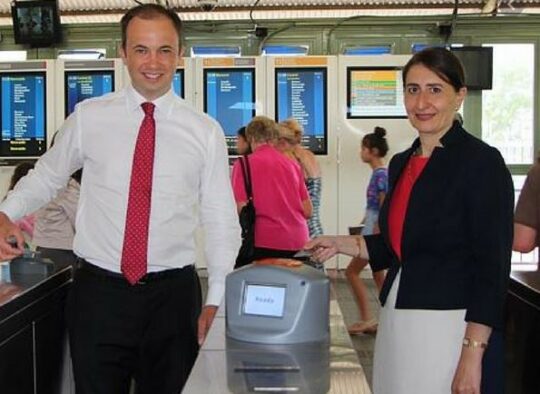 Young Matt Kean – Gladys patsy to “Kick Start NSW Tourism” by the cruise ship load?
Young Matt Kean – Gladys patsy to “Kick Start NSW Tourism” by the cruise ship load?
The grand cliff top walk is a head office branded construct stealing Tasmanian ideas. This late night thought bubble amongst marketing types fueled by taxpayer happy juice, was to link a series of existing tracks and is accessible from multiple locations, providing the opportunity for visitors to tailor the length of walk and to create a multi-day itinerary. The walk also provides access to many sidetracks, which offer a variety of experiences and opportunities for all park visitors. Govetts Leap at Blackheath is one of the iconic lookouts in the Mountains set to be upgraded with accessible paths, toilets with disabled access, and improvements to the carpark.
“The investment recognises the importance of the tourism economy in the Blue Mountains and will provide for better and safer visitor experiences across the Blue Mountains National Park,” Mr Kean said.
[Source: ‘Work begins on $10M grand cliff top walk upgrade’, 20190728, by Ilsa Cunningham, Blue Mountains Gazette newspaper, ^https://www.bluemountainsgazette.com.au/story/6295587/work-begins-on-10m-grand-cliff-top-walk-upgrade/ ]
Rockclimber Michael Connard on his Facebook page ‘Rock Climbing in the Blue Mountains‘ views this project as a “New threat to the Blue Mountains.”
He comments:
“National Parks have just announced the development of a new Grand Clifftop Walk Project – an upgraded walking track stretching from Echo Point to Wentworth Falls. So far National Parks have provided minimal details, but it seems that they are planning to replace at least sections of the existing tracks with raised boardwalks and paving. Part of this redevelopment will be a series of new lookouts including an Echo Point style lookout at Gordon Falls, Leura.
This redevelopment will exacerbate the problems already associated with Echo Point and Wentworth Falls, ie increased visitor numbers, traffic, parking, litter. It will create a new monstrosity at the base of Leura Mall.
Echo Point and Wentworth Falls represent a catastrophic failure of different levels of government to coordinate. The sites are owned by Parks, but council are responsible for parking, traffic management, sewerage & rubbish. Leura simply does not have the capacity to absorb another Echo Point.
This project will cause irreparable harm to Leura and possibly to the clifftop environment. Parks have not released a detailed proposal. They have not released estimates of visitors. There is currently no plan for accommodating tourist buses, toilets, parking or traffic. We would never allow a private developer to undertake such a major project in a national park without releasing detailed plans for public consultation. We shouldn’t allow Parks to do it either.
National Parks are requesting comments regarding this proposal but are proposing to commence construction in June 2020. This is not a genuine public consultation process. If anyone can put me in touch with Wentworth Falls and Katoomba people who are grappling with the impacts of the Echo Point and Wentworth Falls lookouts I would greatly appreciate it.”
[Source: ^https://m.facebook.com/groups/rcibm/permalink/1352591044928657/]
So what does NPWS stand for?
Now for starters, the National Parks and Wildlife Service (NPWS) is not national. It’s a misnomer. The NPWS is a New South Wales Government department; actually it is not even that. It has been reduced to being a sub-department within a department, having had years of funding cuts and staff mass sackings. Since 2009, restructure after restructure has meant 50% fewer rangers since 2009, deliberate dumbing down of rangers to non-graduate classifications and junior roles, with dozens of scientists, ecologists and specialists having been made redundant. In 2016 and 2017, 27% ($121 million) was pulled out of the NPWS budget according to Labor’s opposition then environment spokesperson Penny Sharpe with 500 full time positions lost since 2011.
NPWS is just like Parks Victoria across the southern border. It is a state agency headquartered in Hurstville in southern Sydney, not in Canberra. Even the headquarters is a shell..
 [Source: ^https://www.environment.nsw.gov.au/contact/Hurstville.htm]
[Source: ^https://www.environment.nsw.gov.au/contact/Hurstville.htm]
It has been swallowed up under what is currently called The Environment, Energy and Science (EES) Group, a corporatised body within the Department of Planning, Industry and Environment (NSW).
It is a shadow of its former self from the halcyon optimistic days under conservationist Premier Bob Carr between 1995 to 2005, when 100 national parks were rolled out between Nowra and the Bega Valley, and when the Greater Blue Mountains Area received world heritage recognition by UNESCO in Geneva. In New South Wales, there is no Department of Environment, and the Office of Environment and Heritage (OEH) is gone.
And NPWS is not a service for wildlife. The recent Summer 2019-20 bushfire emergency that engulfed the Greater Blue Mountains Area is a testament to that. Three small remote ignitions were allowed to burn away – one in the Wollemi National Park, one in the Kanangra Boyd National Park and one in the Blue Mountains National Park. They were dubbed respectively the Gospers Mountain Fire, the Green Wattle Creek Fire and the Ruined Castle Fire. NPWS allowed some 80% of the Greater Blue Mountains Area wilderness and native habitat to be incinerated causing wildlife extinctions throughout the region. Across the state, more than five million hectares of mainly natural bushland was allowed to go up in smoke, most of it under the custodial responsibility of the NPWS.
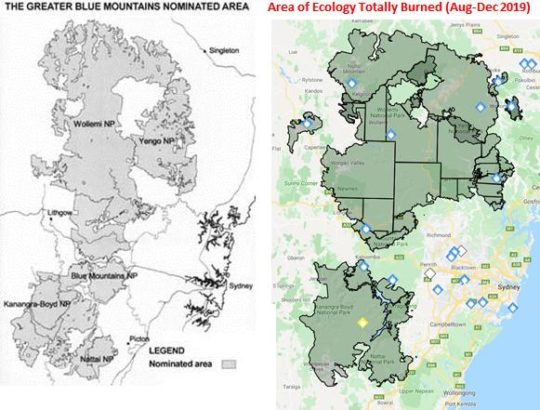
According to ecologist Professor Chris Dickman from the University of Sydney, over a billion fauna and “hundreds of billions” of insects have been killed in bushfires throughout New South Wales over the summer season.
“For some species we’re looking at imminent extinction. There will almost certainly be species of all geographical ranges and populations that are cooked before we’ve even had the chance to discover that they exist.”
Professor Dickman said the aftermath may mean “species that are rendered extinct, ecosystems that have been eroded to the point where they are completely changed, and habitat in a state of widespread impoverishment. The loss of life we’ve estimated for NSW is 800 million terrestrial animals, including birds and reptiles. But that figure doesn’t include frogs, fish, bats and invertebrates,” he said. “Combining these figures [it] is likely well over a billion animals lost.”
[Source: ‘NSW bushfires lead to deaths of over a billion animals and ‘hundreds of billions’ of insects, experts say‘, 20200109, by Emma Elsworthy, ABC, ^https://www.abc.net.au/news/2020-01-09/nsw-bushfires-kill-over-a-billion-animals-experts-say/11854836].
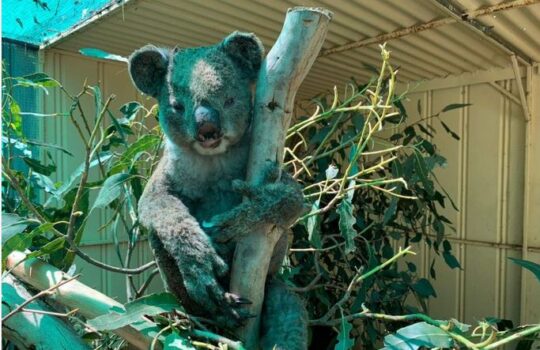 Australia’s iconic Koala – officially fast-tracked towards being categorised as ‘Extinct in the Wild’.
Australia’s iconic Koala – officially fast-tracked towards being categorised as ‘Extinct in the Wild’.
NPWS is really a tourist park service. It’s brief is less about wildlife conservation and more about economic cost recovery.
Further Reading:
[1] ‘
A New National Park for NSW‘, 20190204, media release by NSW Premier Gladys Berejiklian, ^
https://www.nsw.gov.au/media-releases/a-new-national-park-for-nsw. Read below:
‘Premier Gladys Berejiklian has today announced a new national park for NSW – providing another significant boost for the State’s koala population – along with a major new package that will improve access to existing national parks.
The State’s newest national park will cover around 3680 hectares in the north of Goulburn electorate, bordering Wollondilly. The new park is centered around Tugalong Station – about 25 kilometres northwest of Bowral.
“The NSW Liberals & Nationals have been careful custodians of the State’s national parks and I am thrilled to be able to unveil a new one today,” Ms Berejiklian said.
“This new national park will ensure that a vital koala wilderness area south of Sydney is preserved. Like all national parks, it will be open to the public so they can explore the wilderness country.”
Ms Berejiklian also announced a $150 million investment to improve access to national parks across NSW – funding made possible due to the strong economic management of the NSW Liberals & Nationals.
“This includes major upgrade works in places like Sydney’s Royal National Park and in the Blue Mountains World Heritage Area, making it easier for people to enjoy our wonderful natural beauty,” Ms Berejiklian said.
Environment Minister Gabrielle Upton said the new national park contains some of the Southern Highlands’ best koala habitat.
“Koalas are an iconic species and we are acting to ensure their survival,” Ms Upton said.
“The new national park will not only add to the State’s conservation lands, it is yet another example of how the NSW Government is moving to protect and preserve the koala population.”
The Government’s $150 million investment to improve access to existing national parks includes upgraded walking tracks, better visitor infrastructure and facilities and new digital tools such as virtual tours and livestreaming cameras.
This will include:
-
- More access – significant upgrade to the 13.6 kilometre Grand Cliff Top Walk from Wentworth Falls to Katoomba in the Blue Mountains World Heritage Area ($10 million). Also, upgrading access to iconic lookout points to a mobility impaired access standard ($9.9 million);
- Improved park visitor infrastructure and facilities – expansion of picnic areas, BBQs, water provision, facilities ($38.7 million) and increased support for families and people with restricted mobility ($45 million). This will include upgraded picnic facilities and the walking tracks at Audley Weir, in the Royal National Park.
- Safe access – Investment in making our extensive network of walking tracks and trails safer and more accessible ($36.4 million); expansion of the ‘Think before you Trek’ safety program for bushwalkers and work with other agencies to deliver other priority safety programs like rock fishing and enhanced mobile connectivity in the parks ($1 million).
“NSW boasts some of the most majestic and picturesque coastal lookouts, outback walking tracks, camping grounds and beaches in the world and we want more visitors to experience the natural beauty and wonder of our national parks,” Ms Berejiklian said.
Ms Upton added:“As well as international and interstate tourists, we want to make it easier for families to get out there and discover the natural beauty our State.”
[2] ‘Under siege: our commitment to Australia’s national parks is waning‘, 20181218, by Anne Davies, The Guardian (newspaper), ^https://www.theguardian.com/environment/2018/dec/17/under-siege-our-commitment-to-australias-national-parks-is-waning.
[3] ‘Wentworth Falls to Katoomba – all along the cliff tops ‘, 20190207, by Jennie Curtin, Blue Mountains Gazette newspaper, ^https://www.bluemountainsgazette.com.au/story/5892855/10m-funding-for-cliff-top-walk/]
[4] ‘Work begins on $10M grand cliff top walk upgrade‘, 20190728, by Ilsa Cunningham, Blue Mountains Gazette newspaper, ^https://www.bluemountainsgazette.com.au/story/6295587/work-begins-on-10m-grand-cliff-top-walk-upgrade/
[5] ‘K014 : Prince Henry Cliff Walk‘, (state heritage listed item), NSW Department of Planning, Industry and Environment (NSW Government website), ^https://www.environment.nsw.gov.au/heritageapp/ViewHeritageItemDetails.aspx?ID=1170735
[6] ‘Sydney Uncovered‘ (tourist website), ^https://sydneyuncovered.com/prince-henry-cliff-walk/
[7] ‘Leaked Documents Uncover Massive Gaps In National Parks Positions‘, 20191122, in The Beagle Weekly, Eurobodalla Shire NSW, ^https://www.beagleweekly.com.au/post/leaked-documents-uncover-massive-gaps-in-national-parks-positions
[8] Park Watch – Defending our National Parks (conservation website), ^https://parkwatchnsw.org/
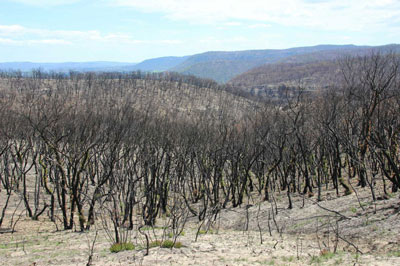
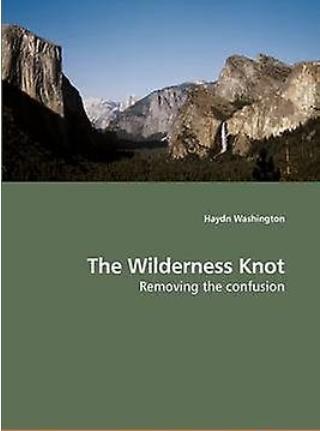
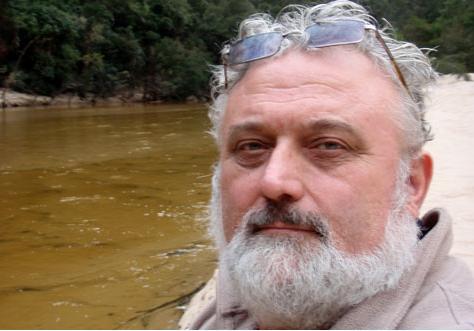
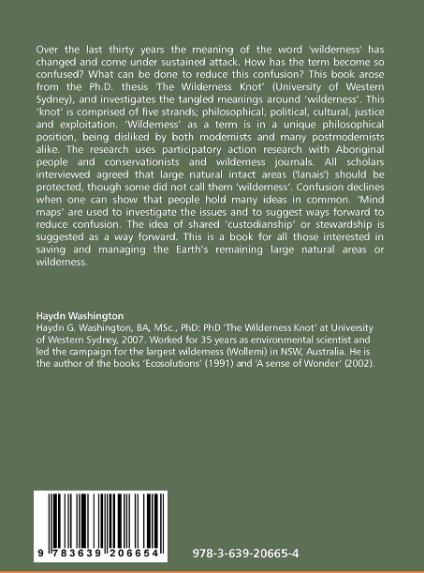
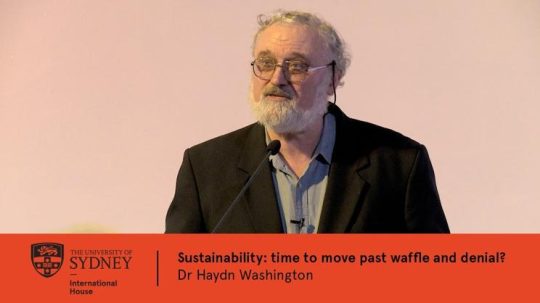
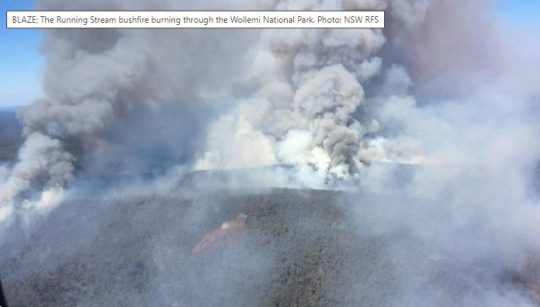
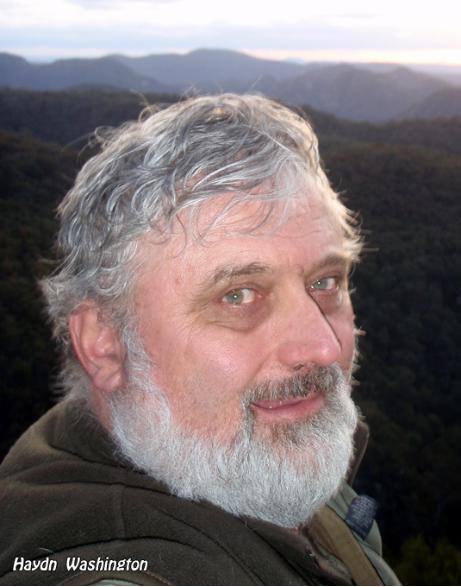










 Young Matt Kean – Gladys patsy to “Kick Start NSW Tourism” by the cruise ship load?
Young Matt Kean – Gladys patsy to “Kick Start NSW Tourism” by the cruise ship load?











